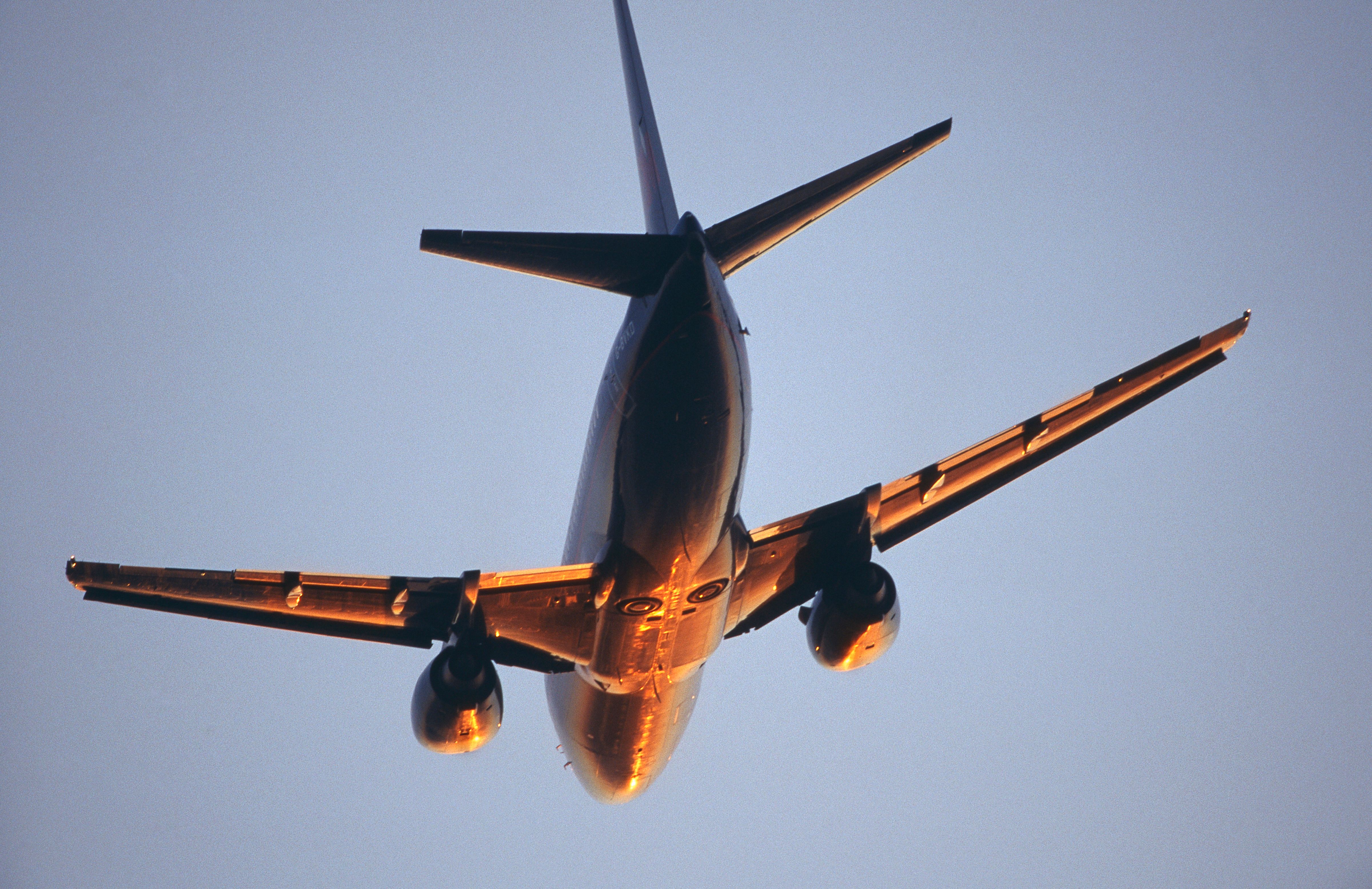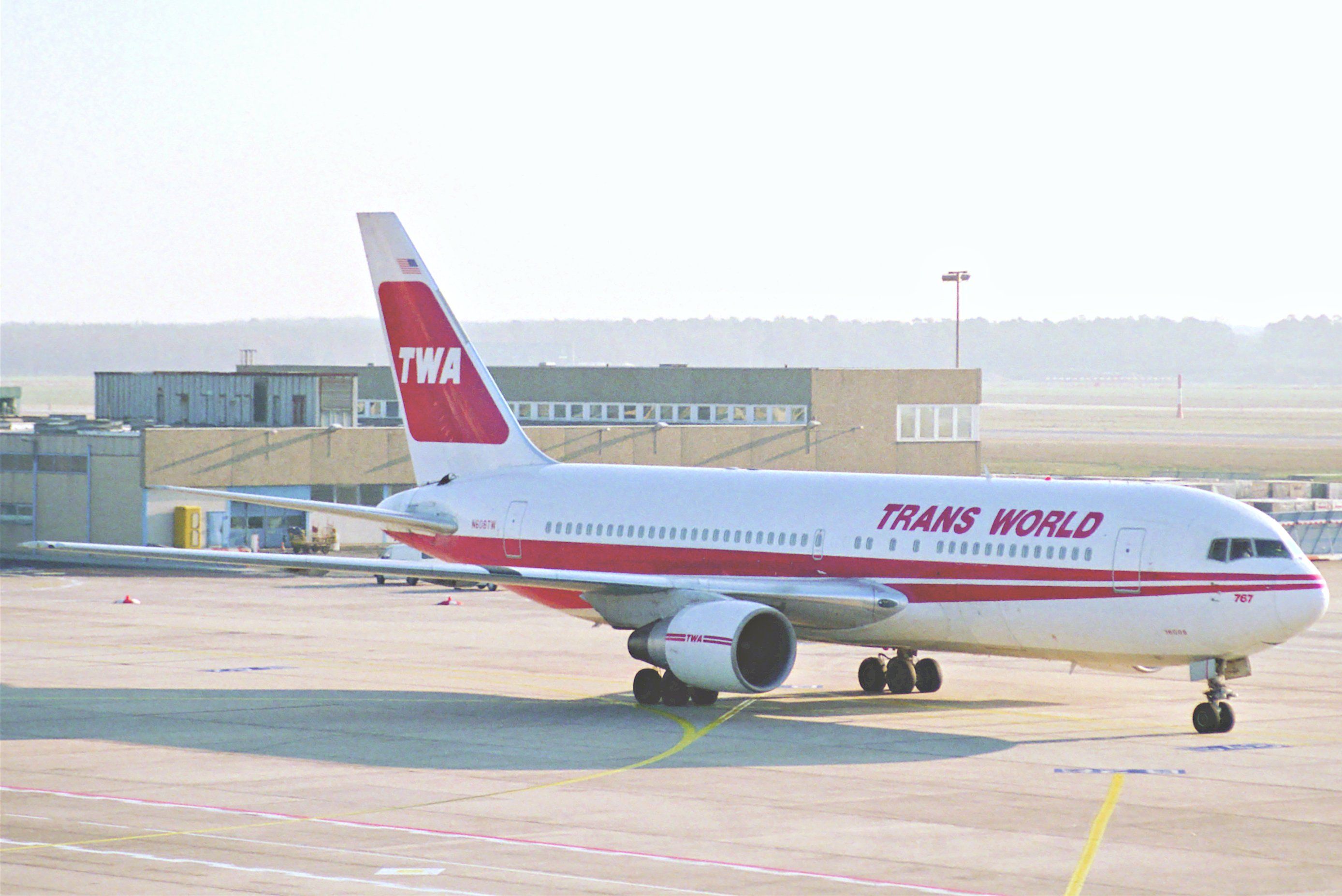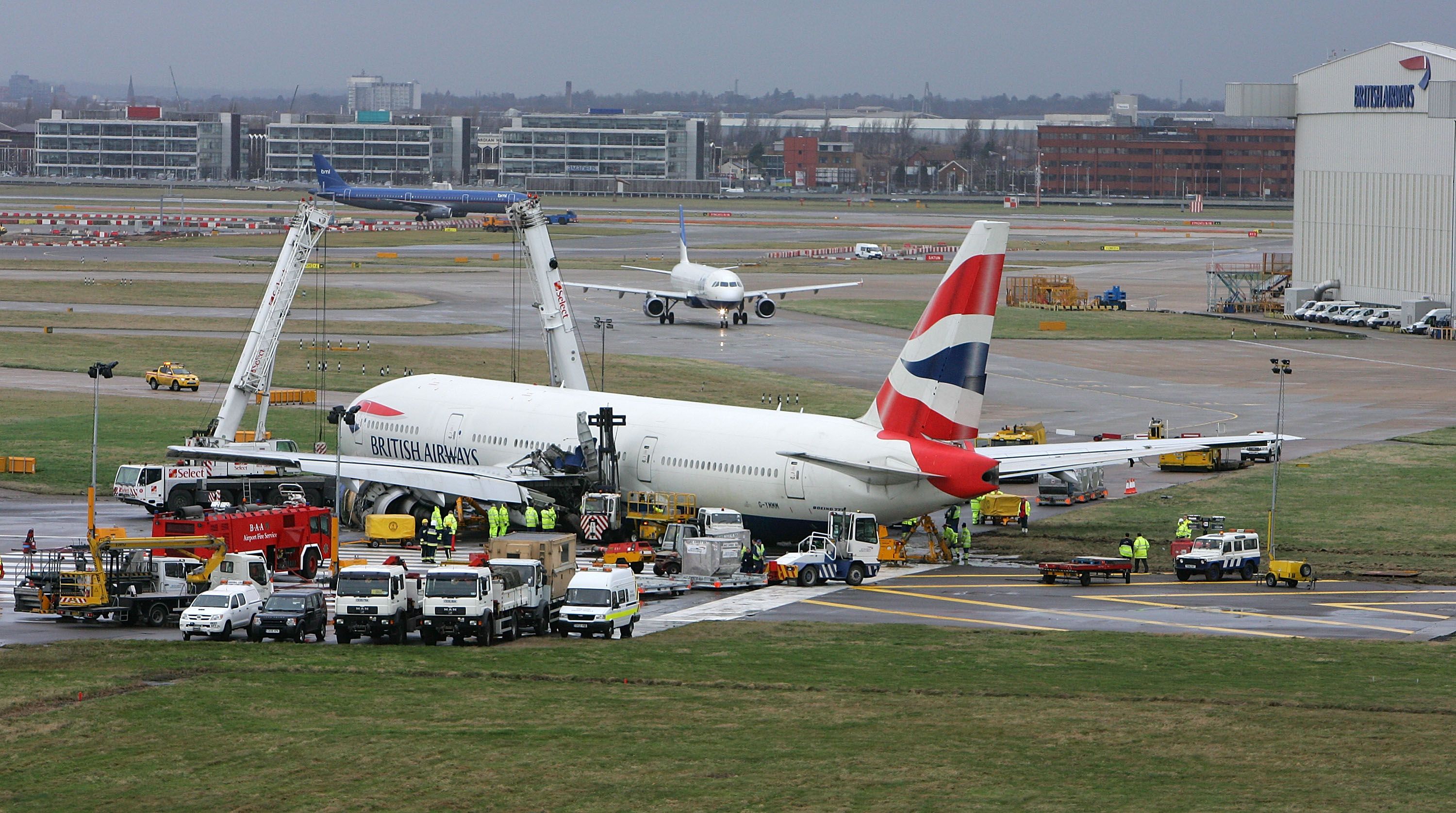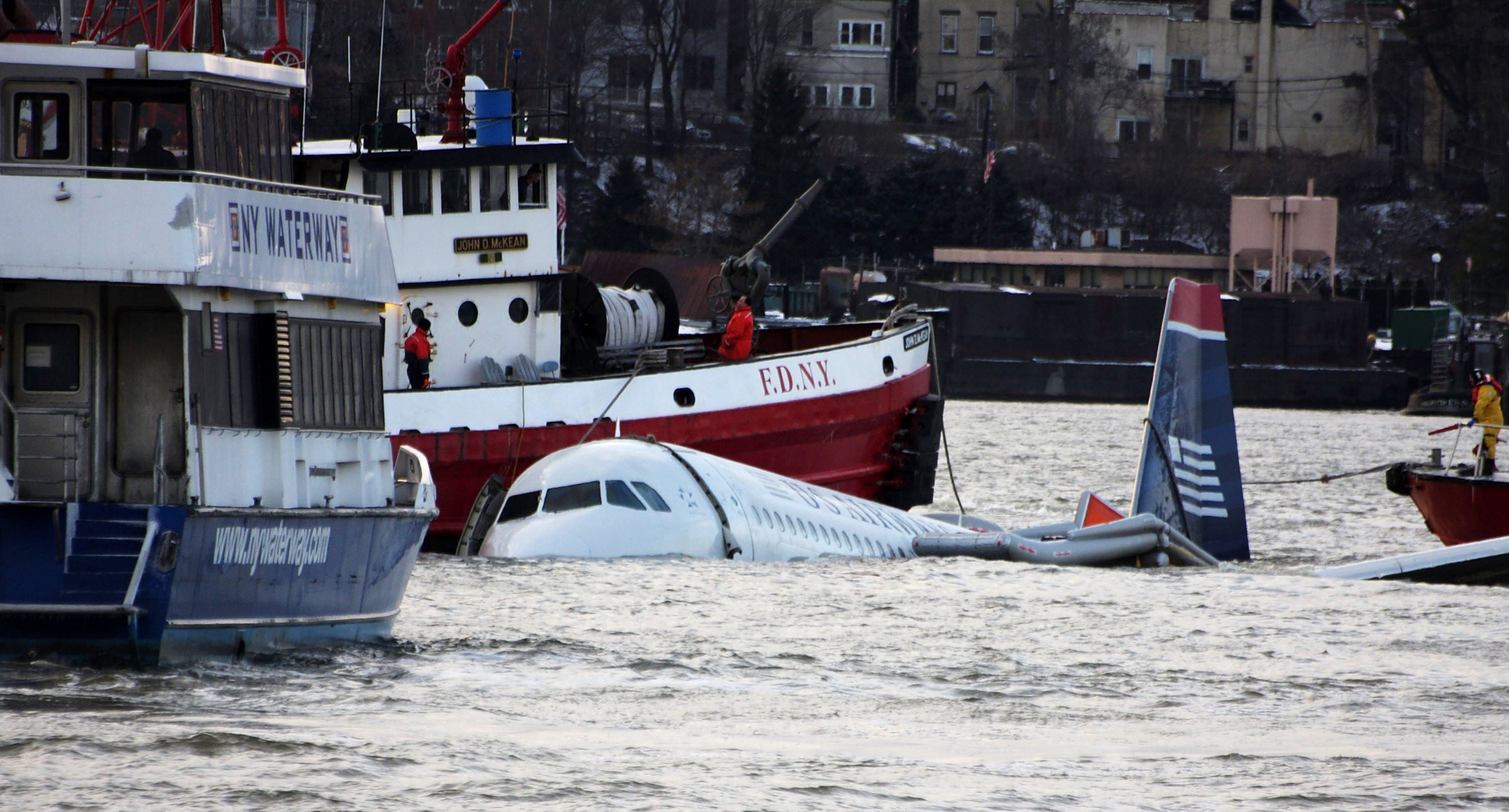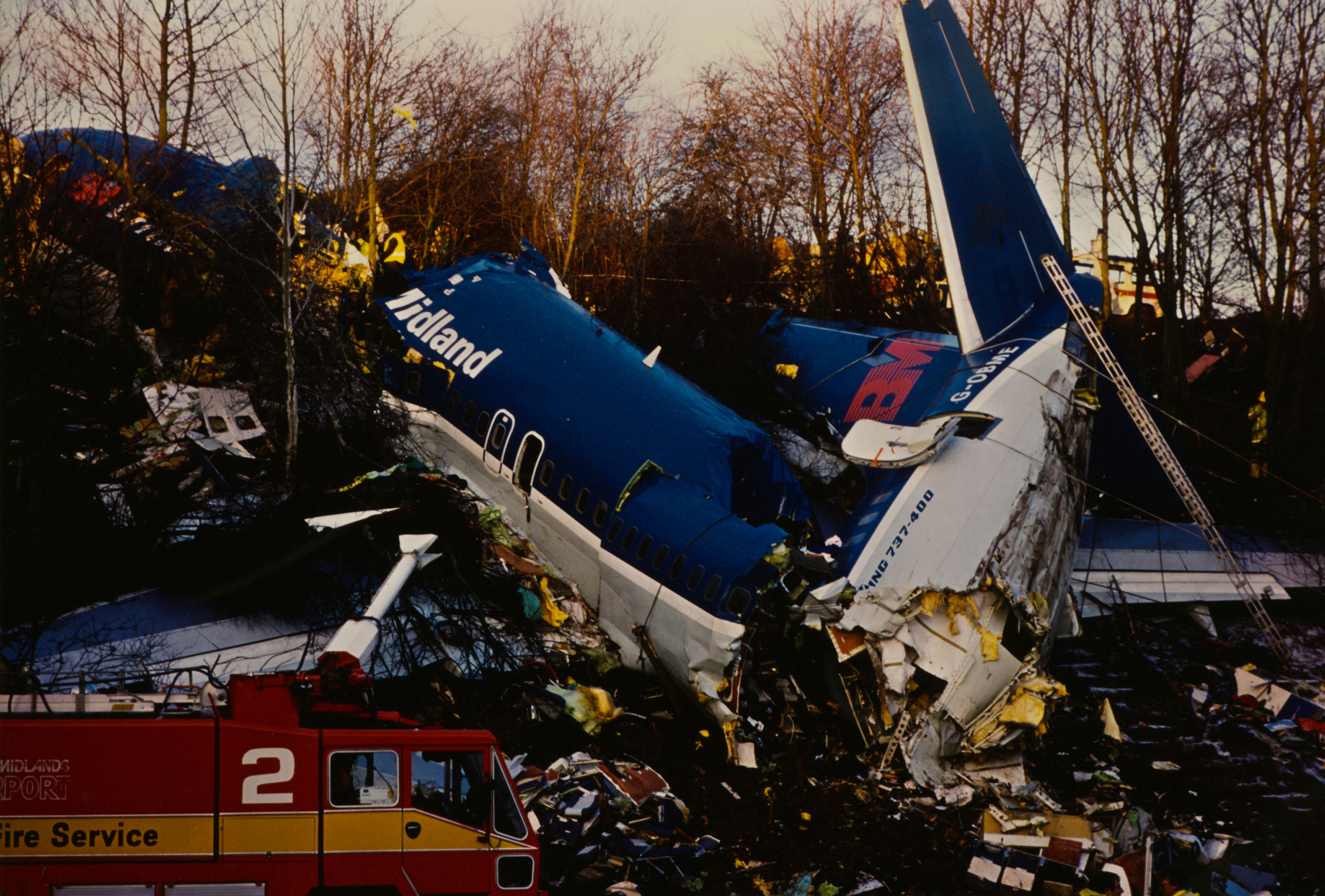Losing both engines on a twin-engine aircraft is extremely improbable. Never say never, though - and indeed, this has happened before. We take a look at the problem, its potential causes, and a few recent cases where it has happened.
A double engine failure
These days, any engine failure is quite rare. According to the FAA, jet engine failure rate is expected at one failure every 375,000 flight hours. General Electric has previously reported an even more impressive rate for the GE90 engine - one engine shutdown per one million flight hours.
This was not always the case. Engine failures were much more common in the earlier days of aviation. This was a major reason why four engines were needed for transoceanic flights. The introduction of ETOPS rules in the 1980s changed this. The improving safety and performance history of twin-engine operations allowed aircraft to be rated to fly further away from a diversion airport. At first, this was 120 minutes, but ratings today are as high as 370 minutes.
Aircraft are, of course, designed to cope with this. And pilots are well trained to react and deal with such an event. After a dual engine failure at cruising altitude, the aircraft should be able to glide safely for some distance. The situation is different closer to the ground - as we saw with the incredible landing of US Airways 1549 in the Hudson River in January 2009.
Normal procedure after a dual engine failure is to attempt to restart both engines, and to select and orientate towards a suitable landing airport. With time, it is hoped (and likely) that at least one engine will re-start. Gliding to land from a dual engine failure at altitude is very rare.
So, what could cause a dual engine failure? A standard mechanical issue is very unlikely. Each engine operates independently, so a problem would most likely cause one failure. Other issues are usually to blame.
Fuel issues - insufficient fuel or icing
Perhaps the most obvious way to lose both engines is to run out of fuel. Of course, fuel planning and management are essential in flight operations, but mistakes occur. Disruption, bad weather, and diversions can all lead to fuel emergencies, and there are several cases of aircraft landing without fuel remaining.
An obstruction in the fuel reaching the engines would lead to a similar situation. Icing is the most likely way this could affect both engines. This is what happened with British Airways Flight 38, which crashed on landing at Heathrow in 2008. Low temperatures during the flight caused the formation of ice crystals in the aircraft's fuel. As temperatures rose, the ice softened and flowed forward to the fuel-oil heat exchangers (FOHEs). On landing, this blocked the flow of fuel to the engines, and they did not respond to demands for increased thrust.
Bird strikes
Birds strikes are an unfortunate occurrence at many airports. Locations where this is an expected problem will often have procedures in place to minimize the chances of accidents, but they do still occur. Again, this will often affect just one engine, but a large flock of birds can - and has - knocked out both engines. Pilots could try to avoid strikes if they see birds, but there is usually very little time to do so.
The most well-known case here is the US Airways 1549 "Miracle on the Hudson" landing. The Airbus A320 aircraft struck a large flock of Canada geese on take-off from New York La Guardia airport - at an altitude of just under 3,000 feet. This caused both engines to shut down, and they could not be restarted.
Acting quickly, Captain Chelsey Sullenberger managed to land the aircraft successfully on the Hudson River - after determining he did not have the time or altitude to make it to an airport.
The probable cause was determined as "the ingestion of large birds into each engine, which resulted in an almost total loss of thrust in both engines." Following this accident, many changes were recommended. One was the introduction checklist for dual engine failure at low altitudes. Previously this checklist had largely assumed failure at high altitude and hence more time to deal with incident.
Pilot error
A final potential cause to mention is pilot error. In the stress of an emergency, pilots can make a mistake and shut down the wrong engine. Changes to procedures have made this much less likely, but it has happened.
One prominent example is the Kegworth air disaster in the UK. This involved a British Midland Boeing 737-400 aircraft, flying from London Heathrow to Belfast on January 8th, 1989.
After departure from Heathrow, at around 28,000 feet, one of the left-hand engine's fan blades detached. After reports of smoke in the cabin, the pilots shut down the right engine, believing this to be the source of cabin air supply. This was wrong, as Boeing had changed the design on the 737-400 to mix air from both engines, The aircraft was then left with a failing left engine only and crashed on approach to its emergency landing at East Midlands Airport when the engine failed entirely. This resulted in the death of 47 of the 126 people onboard, and it remains one of the UK's worst air disasters.
Dual engine failures are frightening events but thankfully very rare. Feel free to discuss examples, causes, and responses further in the comments.
Source: General Electric

